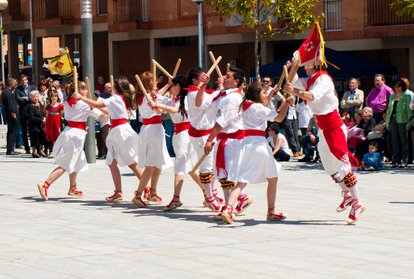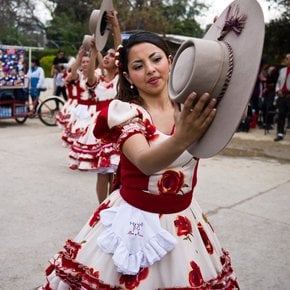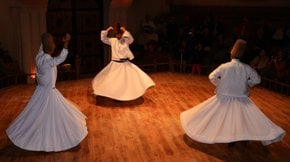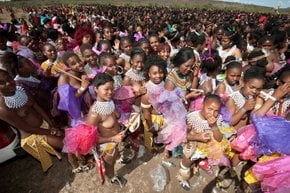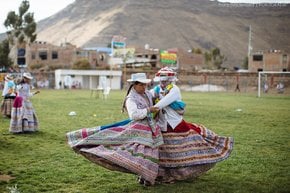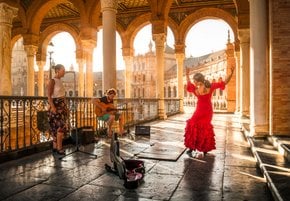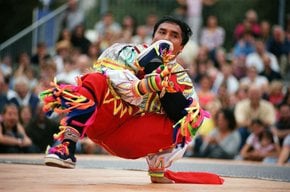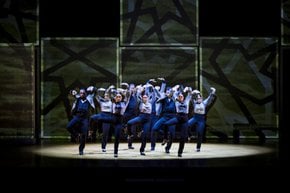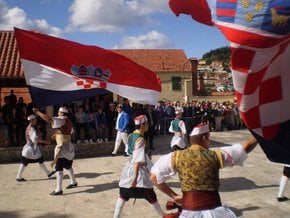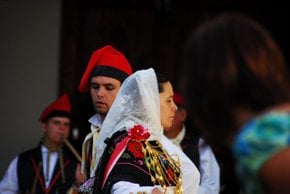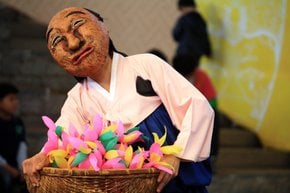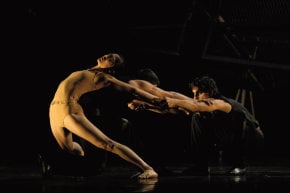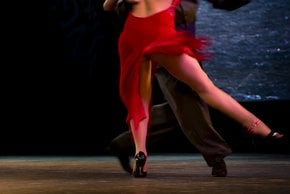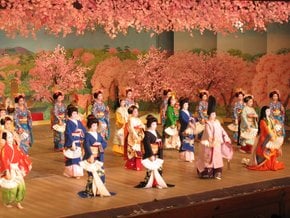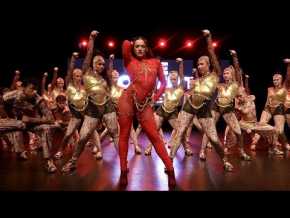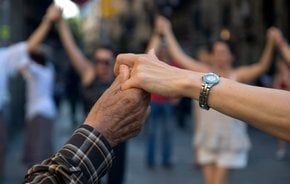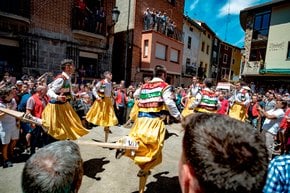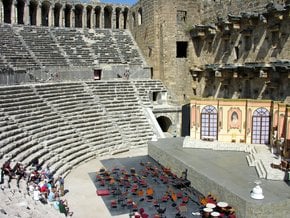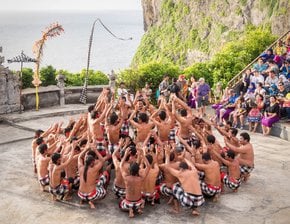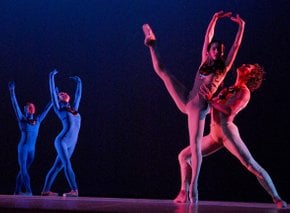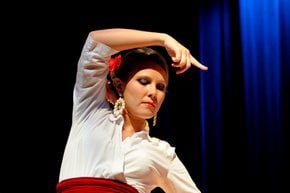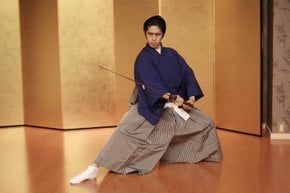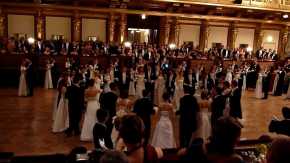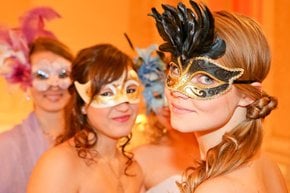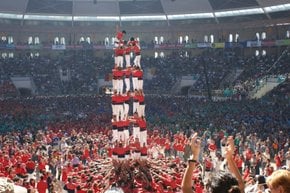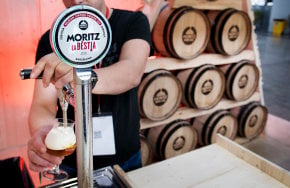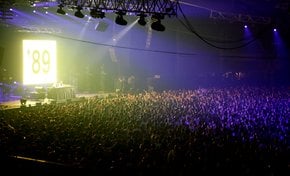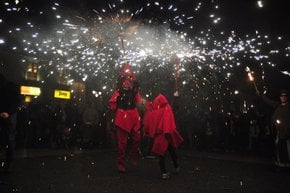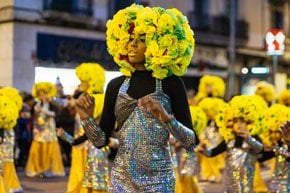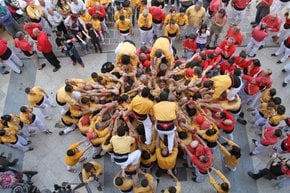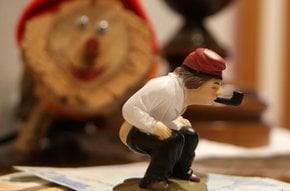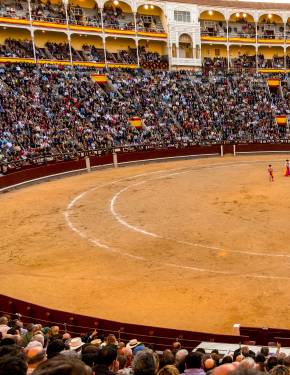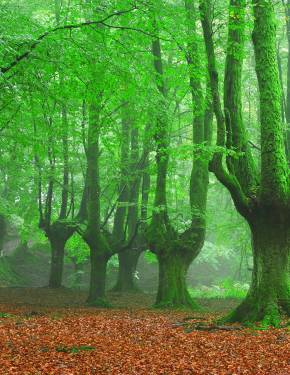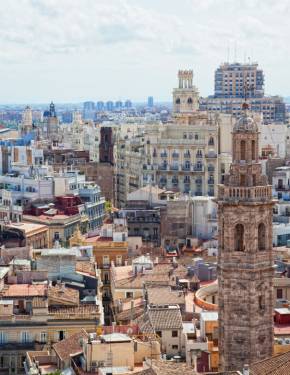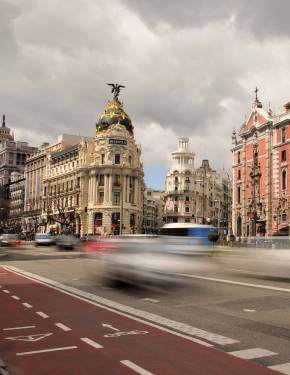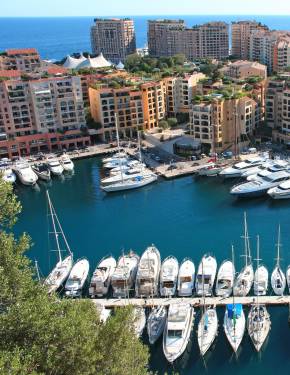Ball de Bastons 2026 in Barcelona
An ancient Catalan tradition—stick dancing
Dates: April 23 | June 22 | September 11 | September 24
Balls de Bastons, or stick dance, is a vibrant Catalan tradition where groups of 8, 12, 16, 20, or 24 dancers rhythmically wield sticks in both hands, creating a dynamic and coordinated performance.
Performing the Dance
Balls de Bastons involves a variety of dances using one or two sticks, rhythmically aligned with music, and can be seen throughout the Mediterranean and Europe, each region adding its own distinctive touch. In Catalonia, dancers perform Balls de Bastons with choreographed movements, striking their sticks together in specific patterns to create a unique visual and auditory effect. Groups bring the dance to life known as colles de bastoners.
Traditional Clothes
The traditional attire for the Ball de Bastons includes a white shirt and trousers, complemented by underskirts, scarves, hats, and colorful ribbons. Little bells are tied to the bottom of the trousers, and dancers wear traditional espadrilles.
Origin of the Balls de Bastons
The stick dance has ancient roots, deeply embedded in Catalunya since the 12th century and widely practiced across Europe. It may trace its origins to ritualistic countryside dances or warrior traditions where sticks replaced swords. Initially performed exclusively by men, the dance has evolved since the 1960s to include many women, erasing much of its former gender bias. Today, Balls de Bastons is one of the most popular dances in Catalonia, with over 50 colles and groups associated with the Coordinadora de Balls de Bastons de Catalunya.
Best Time to Witness Balls de Bastons
This traditional dance is featured in numerous street festivals across Catalonia, including Sant Jordi Day on April 23, Catalonia Day on September 11, La Merce on September 24, and the summer solstice celebration.

